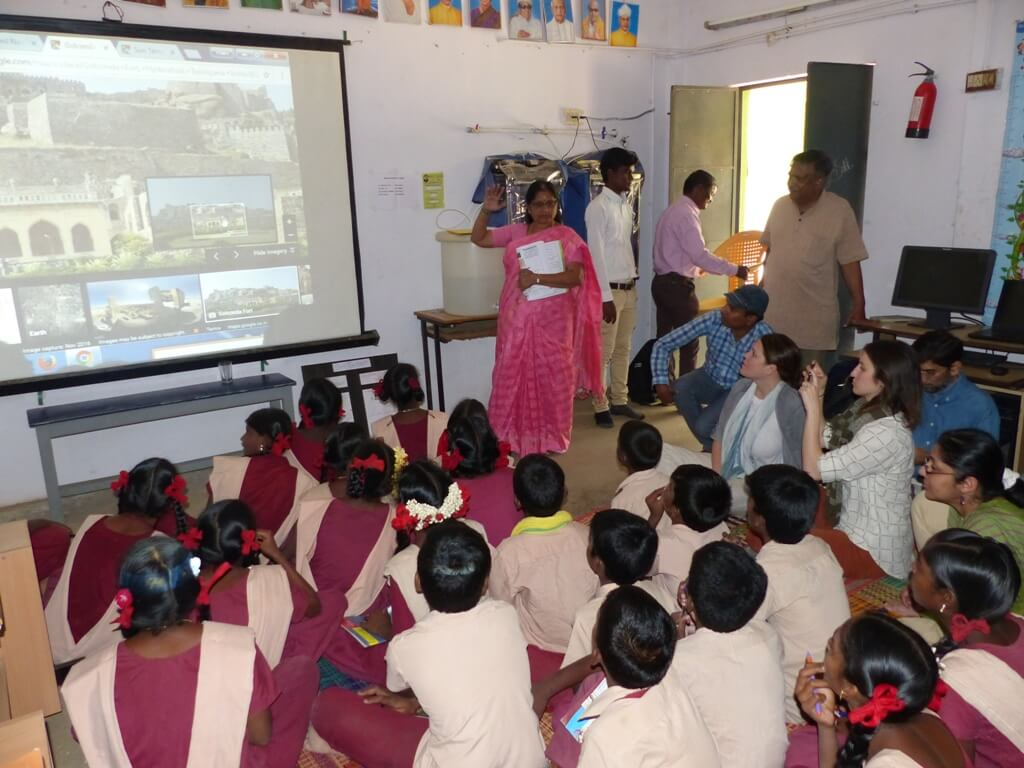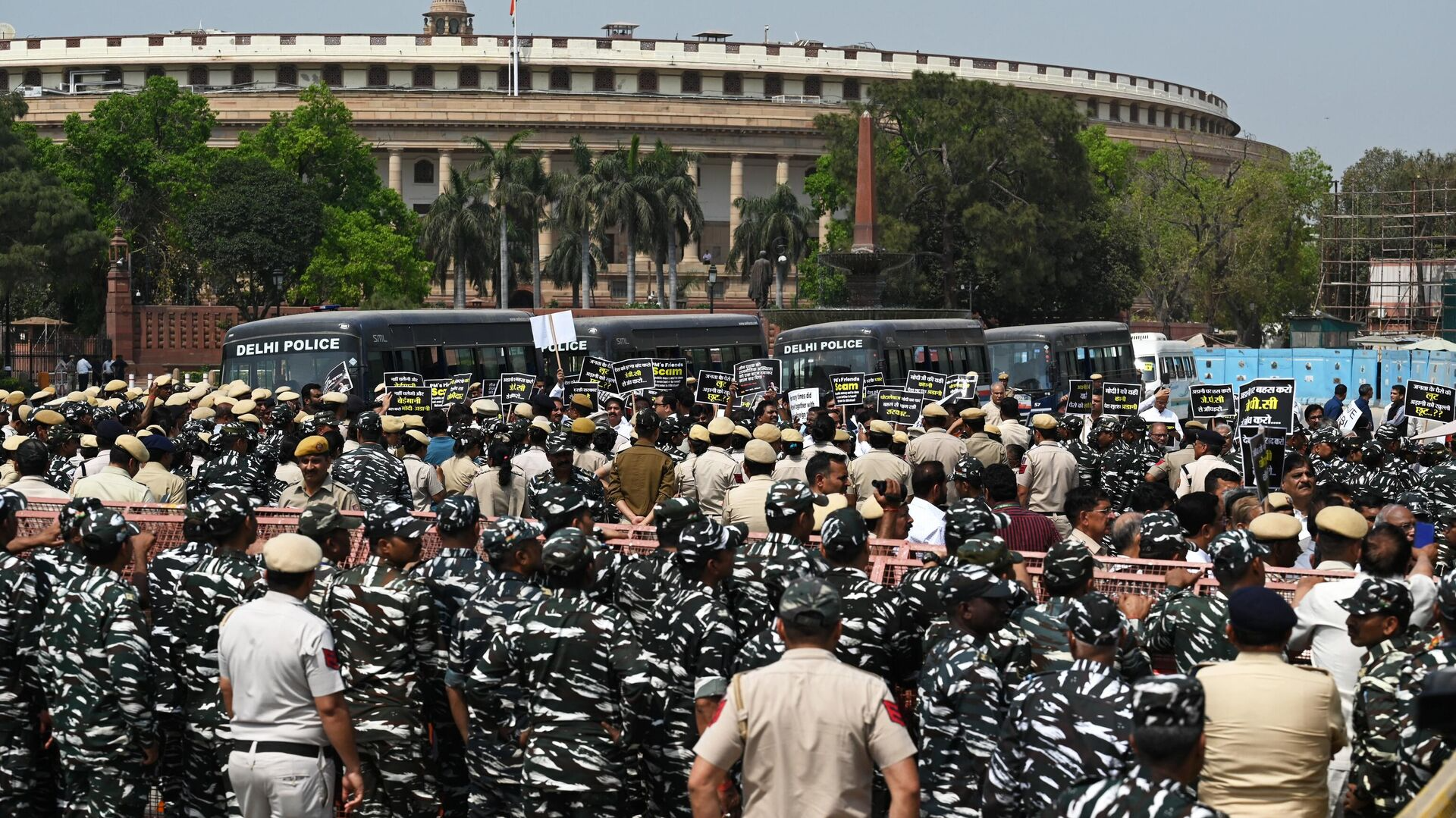Smart Classrooms Rolled Out in Rural Schools
Posted On July 11, 2025

In a significant stride toward bridging the digital divide in education, smart classrooms are being rapidly implemented in rural schools across various states in India. This development marks a transformative shift in how education is being delivered to students in underdeveloped and remote regions. The initiative, spearheaded by a collaborative effort between state governments, central educational bodies, and corporate CSR programs, aims to provide rural students with access to the same quality of digital learning tools that their urban counterparts enjoy. The move is being hailed as a major step toward achieving educational equity and enhancing digital literacy among children in the hinterlands of the country.
Over the past six months, thousands of government schools in rural areas have seen the installation of interactive smart boards, digital projectors, high-speed internet, and curated multimedia learning content. These smart classrooms are not merely about hardware upgrades; they are revolutionizing the entire teaching and learning process. Teachers have been trained in using these tools effectively to make classroom sessions more interactive, engaging, and conceptually strong. For example, science lessons are now being taught through animated videos and 3D visualizations, enabling students to grasp complex concepts more easily. Mathematics problems are broken down with visual aids, and history lessons are made more compelling with audiovisual stories and historical documentaries.
The initiative is part of the broader National Digital Education Mission and aligns with the New Education Policy (NEP) 2020, which emphasizes the integration of technology in education to foster critical thinking, creativity, and personalized learning. State governments like those of Uttar Pradesh, Maharashtra, Tamil Nadu, and Rajasthan have already rolled out smart classrooms in hundreds of blocks. In Uttar Pradesh alone, over 15,000 rural schools have been digitized with smart learning tools in the past year. Many of these schools previously lacked even basic infrastructure, but now boast Wi-Fi-enabled classrooms, solar power support for uninterrupted electricity, and access to online educational platforms like DIKSHA and ePathshala.
One of the key advantages of smart classrooms is their ability to address the issue of teacher shortages in remote locations. With digital content available in multiple languages and pre-recorded lectures by expert educators, students can now learn consistently even if trained teachers are unavailable in person. Moreover, live classes and virtual sessions allow rural students to connect with subject matter experts from across the country. This not only improves academic performance but also inspires students to aspire for careers beyond the traditional options available in rural areas. The availability of tablets and learning kiosks in many of these schools has also given students a sense of familiarity with technology that is essential for success in a modern, digital economy.
Community response to the rollout of smart classrooms has been overwhelmingly positive. Parents in rural areas, many of whom are first-generation learners, are recognizing the value of digital education in securing a better future for their children. Attendance rates have improved significantly in several districts, as students are more eager to attend interactive and modern classes. Teachers have also shown increased motivation, as the digital tools reduce the burden of traditional blackboard teaching and help them manage time more efficiently. In states like Kerala and Himachal Pradesh, rural schools have even started creating digital student portfolios and using AI-powered assessment tools to track progress and suggest personalized learning paths.
However, the initiative is not without its challenges. Connectivity issues still plague some remote areas, where internet access is either unreliable or unavailable. In such places, offline smart content is being installed to ensure uninterrupted learning. Another major hurdle is the training and re-skilling of teachers, many of whom are unfamiliar with using digital tools in classrooms. Intensive workshops and follow-up support have been arranged to address this gap. Additionally, ongoing maintenance of smart equipment, ensuring cybersecurity, and updating educational content are necessary to ensure the long-term sustainability of the program. NGOs and private tech partners have stepped in to help manage these technical aspects through centralized support systems.
The government’s smart classroom initiative is also aligned with broader developmental goals, including Digital India, Skill India, and Beti Bachao Beti Padhao. By empowering students with digital skills from an early age, the initiative is creating a new generation of digitally literate citizens who are better equipped to participate in India’s growing knowledge economy. Especially for girls in conservative rural societies, smart classrooms have created a more inclusive and aspirational learning environment. With digital learning, they are exposed to a world of knowledge and opportunity that was previously inaccessible. In many districts, the rollout has led to a notable increase in female student enrollment and retention, highlighting its potential to drive gender parity in education.
Looking forward, the success of smart classrooms in rural areas will depend on continuous innovation, policy support, and community involvement. There is a growing consensus among educators, policymakers, and parents that the future of education lies in hybrid learning-a blend of physical instruction and digital support. For rural India, smart classrooms represent not just a technological upgrade, but a profound social transformation. They promise to democratize learning, break down the barriers of geography and poverty, and give every child-regardless of where they are born-a fair chance at a bright, informed, and empowered future. As the program expands and deepens its roots, it stands as a powerful example of how technology, when guided by inclusive policies and local participation, can be a great equalizer in society.
Over the past six months, thousands of government schools in rural areas have seen the installation of interactive smart boards, digital projectors, high-speed internet, and curated multimedia learning content. These smart classrooms are not merely about hardware upgrades; they are revolutionizing the entire teaching and learning process. Teachers have been trained in using these tools effectively to make classroom sessions more interactive, engaging, and conceptually strong. For example, science lessons are now being taught through animated videos and 3D visualizations, enabling students to grasp complex concepts more easily. Mathematics problems are broken down with visual aids, and history lessons are made more compelling with audiovisual stories and historical documentaries.
The initiative is part of the broader National Digital Education Mission and aligns with the New Education Policy (NEP) 2020, which emphasizes the integration of technology in education to foster critical thinking, creativity, and personalized learning. State governments like those of Uttar Pradesh, Maharashtra, Tamil Nadu, and Rajasthan have already rolled out smart classrooms in hundreds of blocks. In Uttar Pradesh alone, over 15,000 rural schools have been digitized with smart learning tools in the past year. Many of these schools previously lacked even basic infrastructure, but now boast Wi-Fi-enabled classrooms, solar power support for uninterrupted electricity, and access to online educational platforms like DIKSHA and ePathshala.
One of the key advantages of smart classrooms is their ability to address the issue of teacher shortages in remote locations. With digital content available in multiple languages and pre-recorded lectures by expert educators, students can now learn consistently even if trained teachers are unavailable in person. Moreover, live classes and virtual sessions allow rural students to connect with subject matter experts from across the country. This not only improves academic performance but also inspires students to aspire for careers beyond the traditional options available in rural areas. The availability of tablets and learning kiosks in many of these schools has also given students a sense of familiarity with technology that is essential for success in a modern, digital economy.
Community response to the rollout of smart classrooms has been overwhelmingly positive. Parents in rural areas, many of whom are first-generation learners, are recognizing the value of digital education in securing a better future for their children. Attendance rates have improved significantly in several districts, as students are more eager to attend interactive and modern classes. Teachers have also shown increased motivation, as the digital tools reduce the burden of traditional blackboard teaching and help them manage time more efficiently. In states like Kerala and Himachal Pradesh, rural schools have even started creating digital student portfolios and using AI-powered assessment tools to track progress and suggest personalized learning paths.
However, the initiative is not without its challenges. Connectivity issues still plague some remote areas, where internet access is either unreliable or unavailable. In such places, offline smart content is being installed to ensure uninterrupted learning. Another major hurdle is the training and re-skilling of teachers, many of whom are unfamiliar with using digital tools in classrooms. Intensive workshops and follow-up support have been arranged to address this gap. Additionally, ongoing maintenance of smart equipment, ensuring cybersecurity, and updating educational content are necessary to ensure the long-term sustainability of the program. NGOs and private tech partners have stepped in to help manage these technical aspects through centralized support systems.
The government’s smart classroom initiative is also aligned with broader developmental goals, including Digital India, Skill India, and Beti Bachao Beti Padhao. By empowering students with digital skills from an early age, the initiative is creating a new generation of digitally literate citizens who are better equipped to participate in India’s growing knowledge economy. Especially for girls in conservative rural societies, smart classrooms have created a more inclusive and aspirational learning environment. With digital learning, they are exposed to a world of knowledge and opportunity that was previously inaccessible. In many districts, the rollout has led to a notable increase in female student enrollment and retention, highlighting its potential to drive gender parity in education.
Looking forward, the success of smart classrooms in rural areas will depend on continuous innovation, policy support, and community involvement. There is a growing consensus among educators, policymakers, and parents that the future of education lies in hybrid learning-a blend of physical instruction and digital support. For rural India, smart classrooms represent not just a technological upgrade, but a profound social transformation. They promise to democratize learning, break down the barriers of geography and poverty, and give every child-regardless of where they are born-a fair chance at a bright, informed, and empowered future. As the program expands and deepens its roots, it stands as a powerful example of how technology, when guided by inclusive policies and local participation, can be a great equalizer in society.












